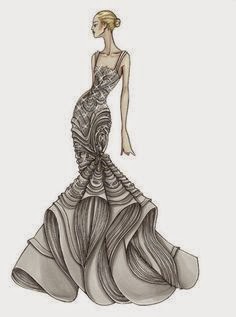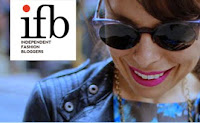Garment construction is one of the key aspects of Fashion Designing. Here, the most important thing is the sequence that is used to construct or manufacture the garment. The fashion industry has identified a standard sequence for Garment Construction, which is as follows:
Sketch/Design: This is the first step in most designing aspect. However, in garment construction along with sketch, designers draw up ‘working drawings’. These are detailed sketches that lay out the measurement and pattern of the garment.
Production Pattern: Here the pattern maker creates the design on a standard ‘pattern making paper’. The tissue paper pattern is the most commonly used technique in the industry. In the later stage, the tissue paper pattern becomes a blue print for designers to create the garment.
Grading: The purpose of grading is to determine the perfect size of the garment. Pattern sizes are usually large, medium, and small, but when graded manually the graders have to alter the pattern at each and every point, starting from armhole to neckline.
Market Making: In this step the fabric yardage is determined as per the style of the garment. Nowadays, there are computer softwares to determine the amount of fabric that is required to create a garment.
Sewing: This is the final step and common to all designing aspects. This step involves sewing the fabric together using different techniques and assembling different parts of the fabric to create the final garment.
These five steps are just a precursor to this subject. Garment Construction requires great understanding and knowledge. The finesse can be acquired through a formal education in institutes like Whistling Woods International- Neeta Lulla School of Fashion. Here, an aspiring designer can explore different techniques in garment construction along with venturing in different avenues of fashion designing.





















